Moscow, a city steeped in complex history, possesses a vibrant yet resilient Jewish community. Its history in the capital is a narrative of remarkable endurance, marked by periods of exclusion, flourishing intellectual life, intense repression, and, ultimately, a vibrant modern renaissance. For centuries, the presence of Jews in Moscow was restricted. However, after the Russian Revolution, the community expanded, bringing new energy and intellectual ferment to the city. Today, Moscow Jewish heritage is visible in significant religious institutions, world-class museums, and dynamic cultural centers, all of which serve as testaments to the community’s profound legacy.
The Early Chapters: Restrictions and Growth
The history of the Jewish community in Moscow dates back to the 17th century. Yet, for much of the Tsarist era, Jews faced significant restrictions. They were generally confined to the Pale of Settlement in the western Russian Empire. Only certain categories of individuals—such as wealthy merchants, military veterans, and those with higher education—were permitted to reside in the capital. Despite these limitations, a small community established itself.
The restrictions eased following the 1917 Russian Revolution and the abolition of the Pale of Settlement. Consequently, a large influx of Jewish people moved to Moscow. They sought new opportunities in the capital. This migration significantly boosted the Moscow Jewish community. It included numerous intellectuals, artists, and political figures, who contributed significantly to Russian cultural and scientific life. During the 1920s, a period of cultural flourishing occurred, exemplified by the acclaimed Moscow State Yiddish Theatre (GOSET), which featured celebrated artists like Marc Chagall and Solomon Mikhoels.
Synagogues: Pillars of Survival
Synagogues have served as essential pillars for the community, particularly during times of hardship. The Moscow Choral Synagogue, also known as the Grand Choral Synagogue, is the oldest and most important synagogue in the city. Constructed in a neoclassical style and officially opened in 1906, it is a magnificent structure. Importantly, it remained active even during the Soviet years, despite intense pressure and surveillance.
The survival of the Choral Synagogue is a powerful symbol of religious continuity. It provided a crucial spiritual lifeline for Jewish Muscovites during periods when public religious observance was highly discouraged. Today, it remains a central hub for religious services and community activities.
Furthermore, the Holocaust Memorial Synagogue on Poklonnaya Hill, constructed in 1998, represents a different aspect of Moscow Jewish heritage. Located near Victory Park, this synagogue also houses a museum dedicated to the Holocaust and the Jewish contribution to the Russian war effort. This memorial serves as a somber reminder of the tragedies endured by the community. It also highlights the importance of historical memory.
The Soviet Era: Repression and Resilience
During the Soviet period, Jewish cultural and religious life faced severe suppression. While Jewish individuals were active in Soviet society, Jewish identity was often suppressed. Many Jewish organizations and institutions were closed. Yiddish schools were shut down. Religious practice became increasingly restricted.
However, even during these difficult years, the Moscow Jewish community displayed remarkable resilience. Informal networks and clandestine cultural activities preserved traditions. The Moscow Choral Synagogue became a symbolic site for Soviet Jews seeking to connect with their heritage and with the broader international community. Notably, the synagogue hosted Israeli Ambassador Golda Meir in 1948, an event that became a significant moment of solidarity for Soviet Jews.
A New Era: The Cultural Renaissance
The late 1980s and the collapse of the Soviet Union marked a profound turning point. Perestroika brought religious and cultural freedom. Jewish cultural life experienced a remarkable rebirth. Communities began organizing legally. New synagogues were opened. Educational institutions were established.
This renaissance has been driven by a renewed interest in Jewish culture Moscow and a desire to reconnect with ancestral roots. Organizations like the Federation of Jewish Communities of Russia (FJC) have become instrumental in this revival. Chabad Lubavitch, in particular, has played a significant role. They established numerous educational programs and community centers across the city, providing resources for religious practice, language learning, and cultural engagement.
The Jewish Museum and Tolerance Center: A Modern Hub
A landmark institution for Moscow Jewish heritage is the Jewish Museum and Tolerance Center. Opened in 2012, this museum is one of the largest Jewish museums in the world. It is housed in the beautifully restored Bakhmetevsky Bus Garage, an architectural masterpiece of the 1920s avant-garde.
The museum’s permanent exhibition presents the history of Russian Jewry from the 18th century to the present day using highly advanced interactive and multimedia technology. Visitors can explore the life of the shtetl, the complexities of being a Soviet Jew, and the Jewish experience during World War II and the Holocaust. The museum also emphasizes themes of tolerance and inter-cultural dialogue. Furthermore, it highlights the Jewish contribution to Russian art, science, and public life. This institution is an important resource for both the Jewish community and the broader public. It provides a platform for education and understanding.
Community and Cultural Life Today
Beyond the major institutions, a diverse network of community organizations enriches Jewish culture Moscow. Cultural centers, such as the Nikitskaya Jewish Cultural Center, offer a wide array of programs, including concerts, art studios, and educational events for all ages. These centers provide a welcoming environment for families and individuals. They foster creative and intellectual development.
Moreover, organizations like Hillel Russia focus specifically on Jewish students and young adults. They organize programs, Shabbat celebrations, and educational activities. This supports young people as they explore their Jewish identity in the modern world. The community also hosts numerous festivals and holidays throughout the year, celebrating Jewish traditions and connecting people.
The vibrancy of Moscow Jewish heritage today reflects a community that has navigated immense historical challenges. It continues to thrive and evolve. The synagogues, museums, and cultural centers are not merely relics of the past. Rather, they are dynamic centers of life, learning, and connection. They contribute significantly to Moscow’s identity as a diverse and international city.
In conclusion, Moscow’s Jewish community has written a compelling story of resilience and resurgence. The city’s Jewish heritage, visible in its magnificent synagogues and groundbreaking cultural institutions, represents a crucial thread in the tapestry of modern Russian society. This thriving cultural landscape ensures that the unique history and traditions of the Jewish community remain an integral part of Moscow’s future.

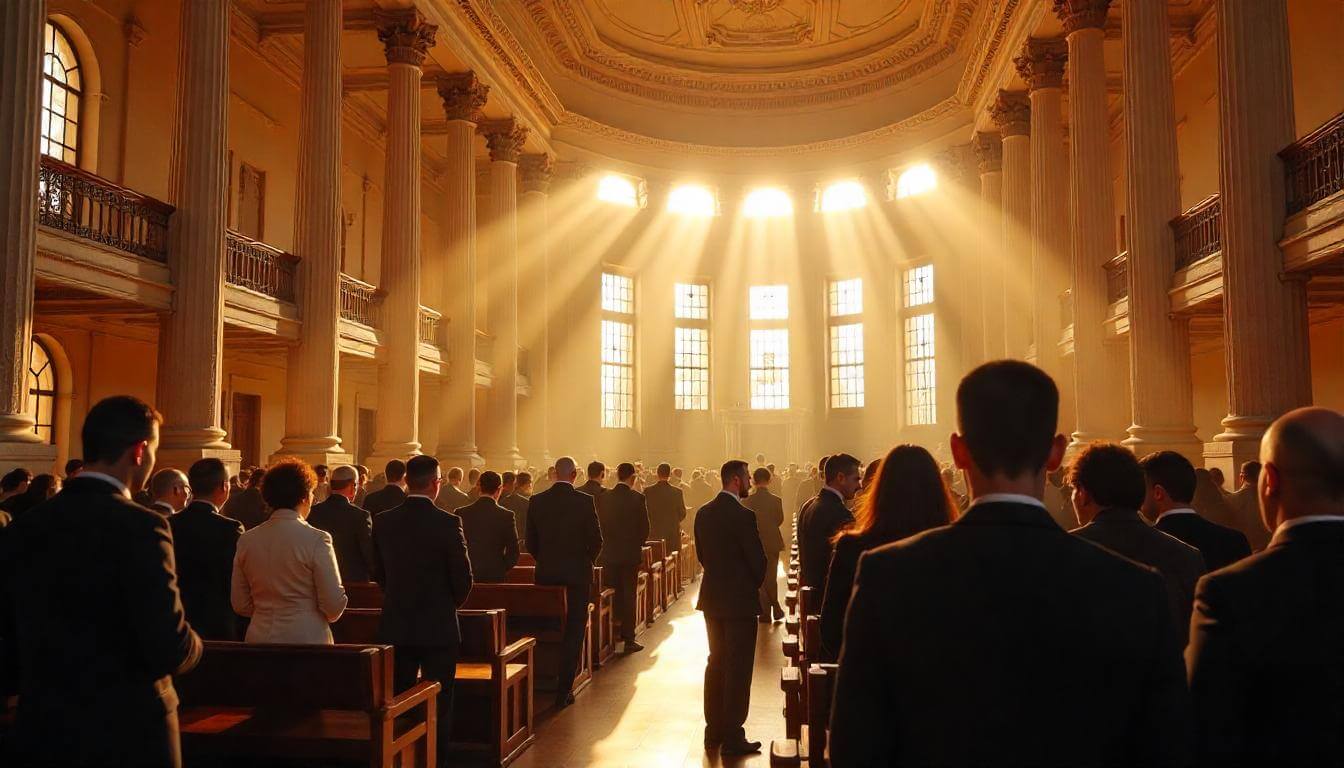 Moscow’s Jewish Heritage: Synagogues, Museums, and Cultural Centers">
Moscow’s Jewish Heritage: Synagogues, Museums, and Cultural Centers">

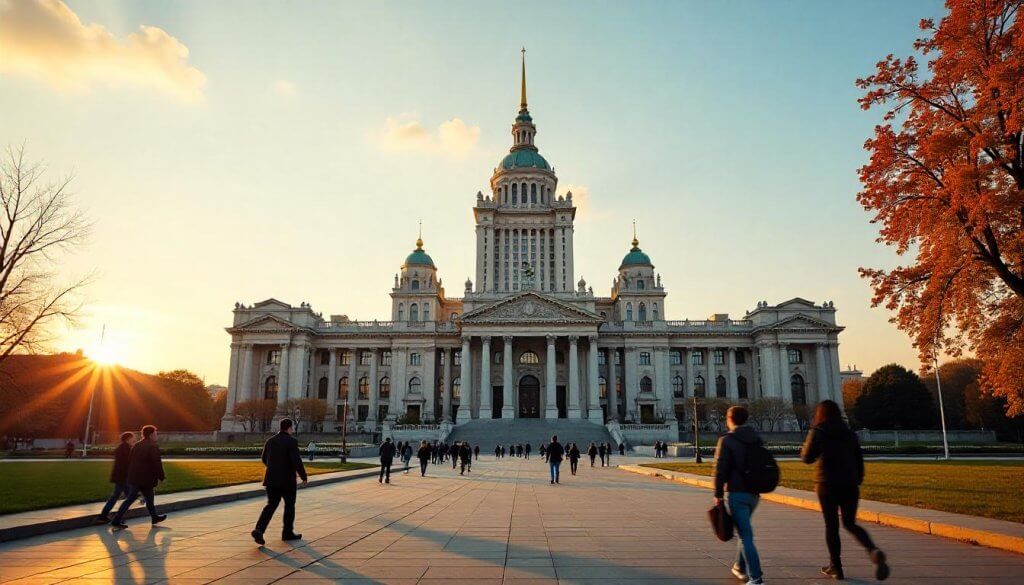 Soviet-Era Moscow: Communist Architecture and Historical Context">
Soviet-Era Moscow: Communist Architecture and Historical Context">
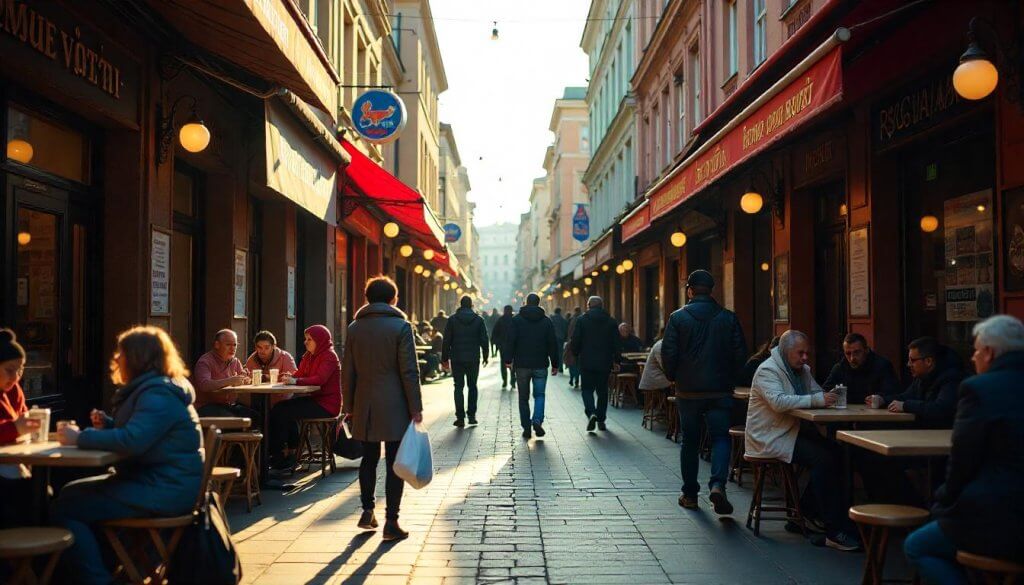 Moscow’s Immigrant Communities: Multicultural Neighborhoods and Cuisine">
Moscow’s Immigrant Communities: Multicultural Neighborhoods and Cuisine">
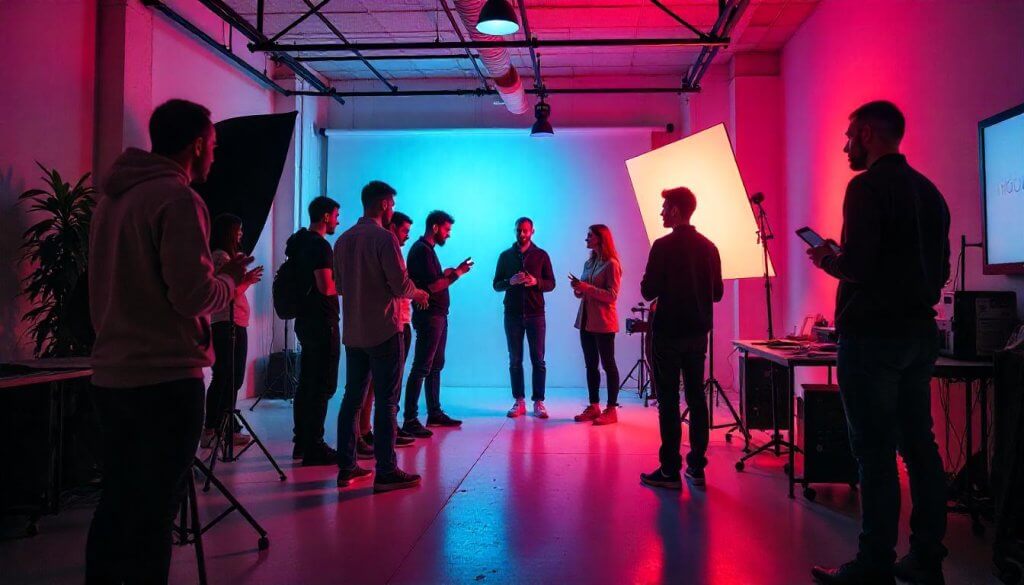 Moscow for Photographers: Professional Workshops and Portfolio Building">
Moscow for Photographers: Professional Workshops and Portfolio Building">
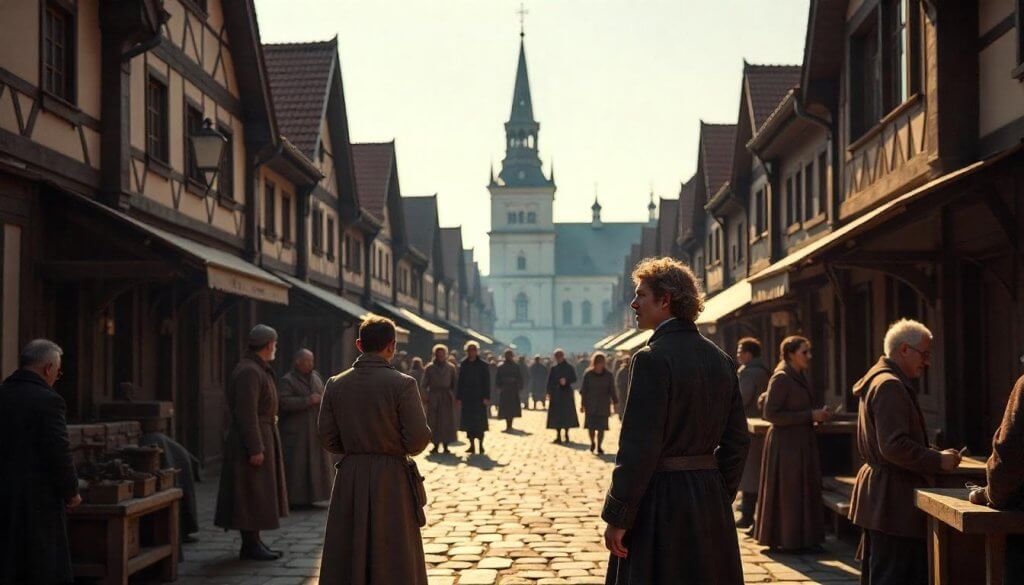 Moscow’s German Quarter: European Influence in Russian History">
Moscow’s German Quarter: European Influence in Russian History">
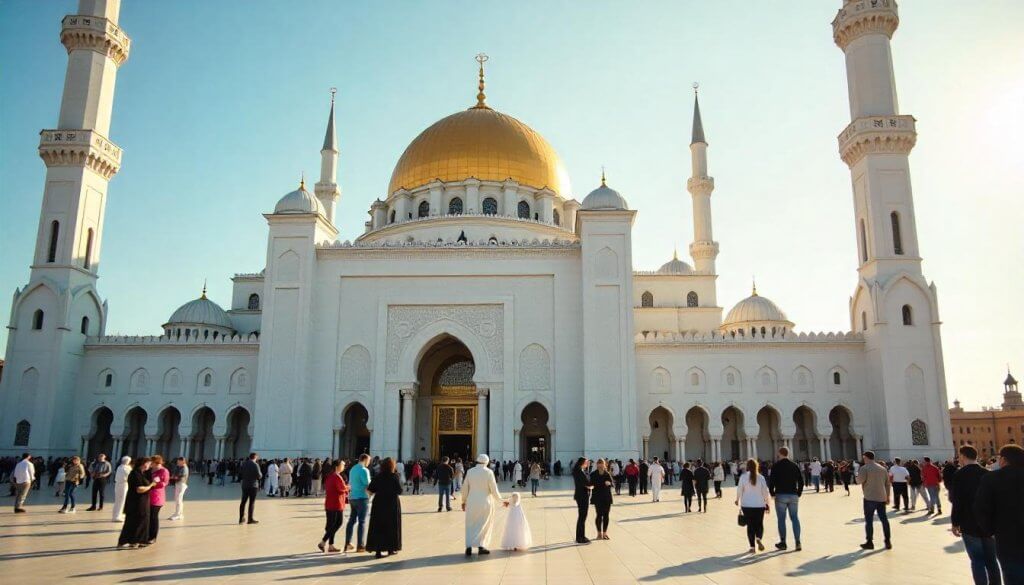 Moscow’s Tatar Legacy: Islamic Culture in the Orthodox Capital">
Moscow’s Tatar Legacy: Islamic Culture in the Orthodox Capital">
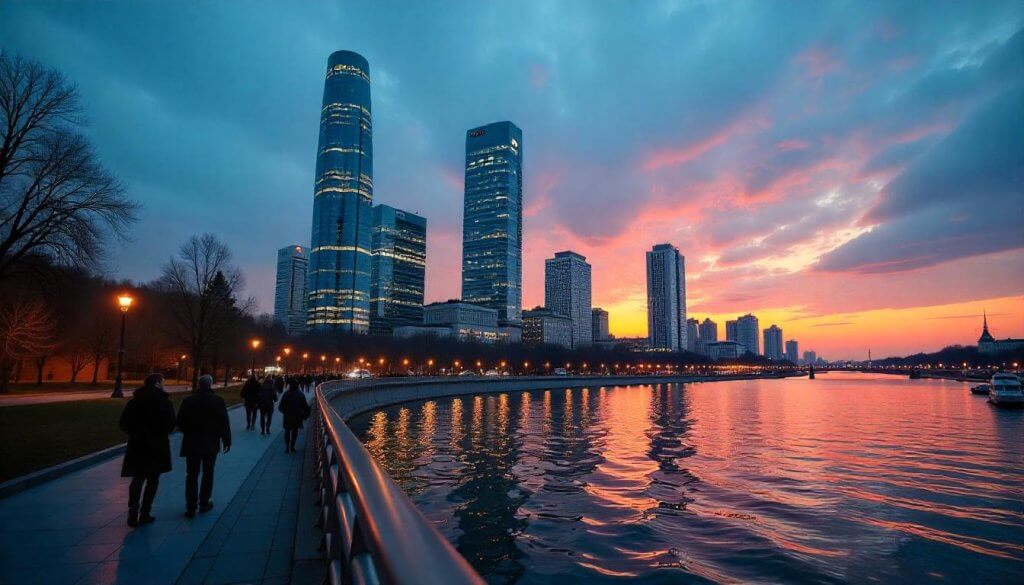 Post-Soviet Moscow: Understanding Modern Russian Society">
Post-Soviet Moscow: Understanding Modern Russian Society">
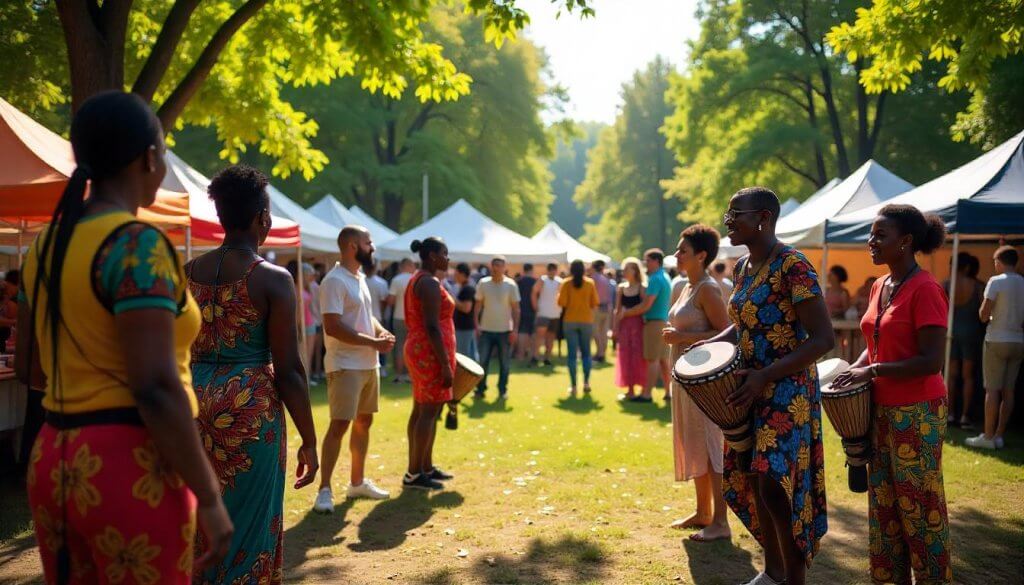 Moscow’s African Diaspora: Cultural Centers and International Communities">
Moscow’s African Diaspora: Cultural Centers and International Communities">
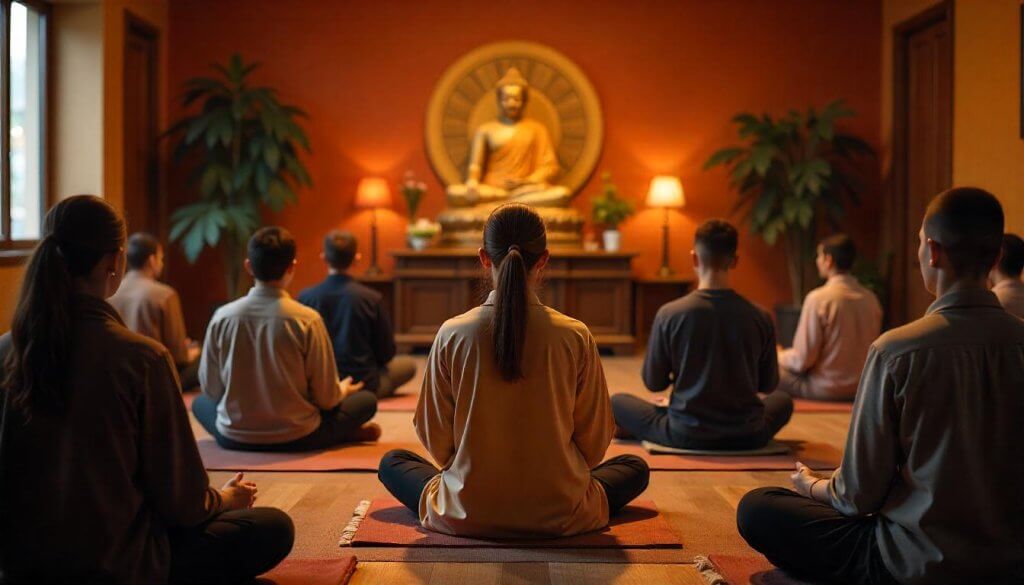 The Historical Roots of Moscow’s Asian Presence">
The Historical Roots of Moscow’s Asian Presence">
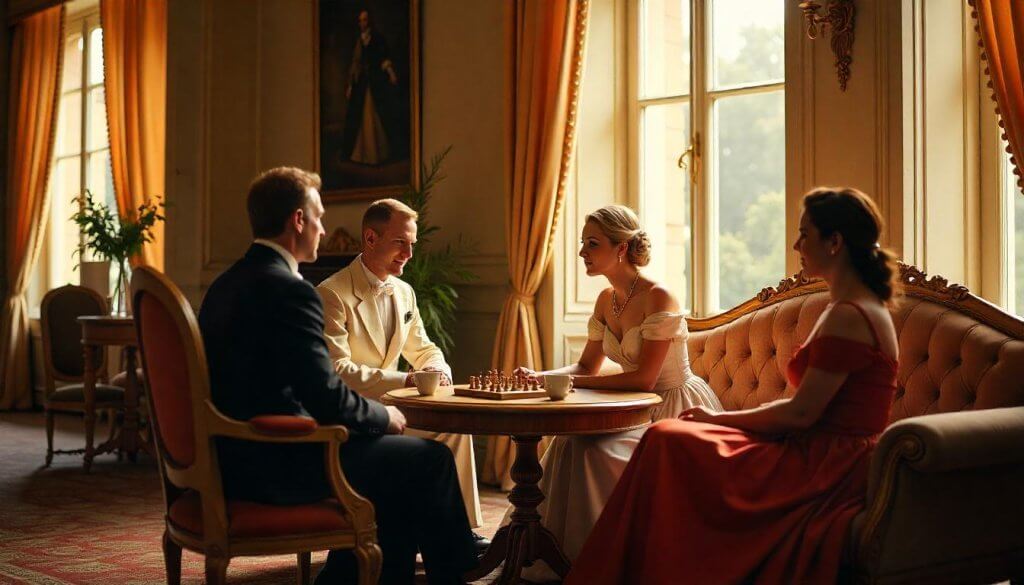 Moscow’s French Influence: Art, Culture, and Diplomatic History">
Moscow’s French Influence: Art, Culture, and Diplomatic History">
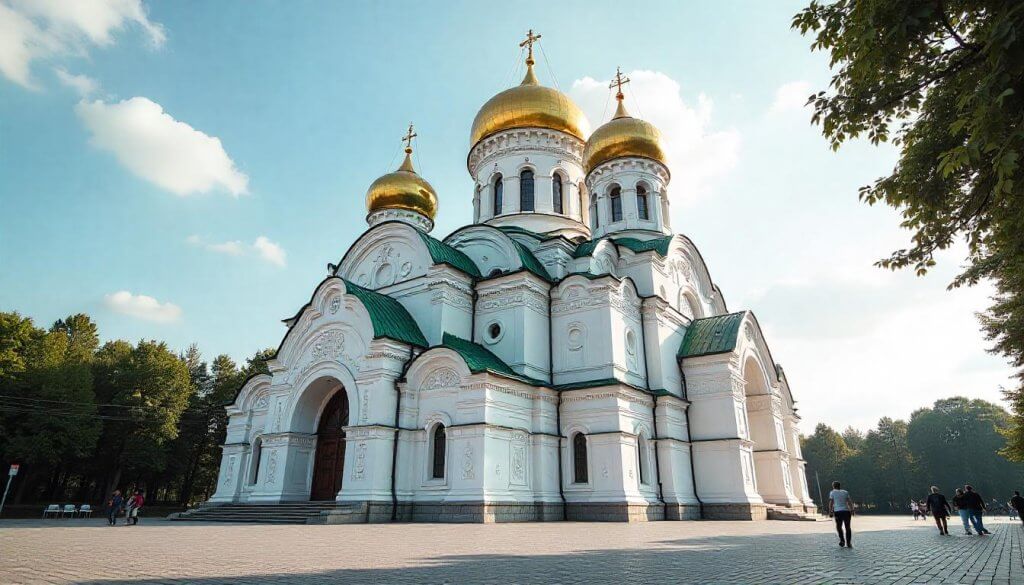 Moscow’s Italian Connection: Architecture and Cultural Exchange">
Moscow’s Italian Connection: Architecture and Cultural Exchange">